Remember those magical nights at the drive-in, the smell of popcorn in the air as the silver screen illuminated faces that would become the icons of a generation? The 1970s brought us some of the most captivating talents in cinema history, stars who burned bright but sometimes faded away before their time. While many household names from that era continued to grace our screens for decades, others mysteriously vanished from the spotlight, leaving us wondering what might have been.
1. Jill Clayburgh
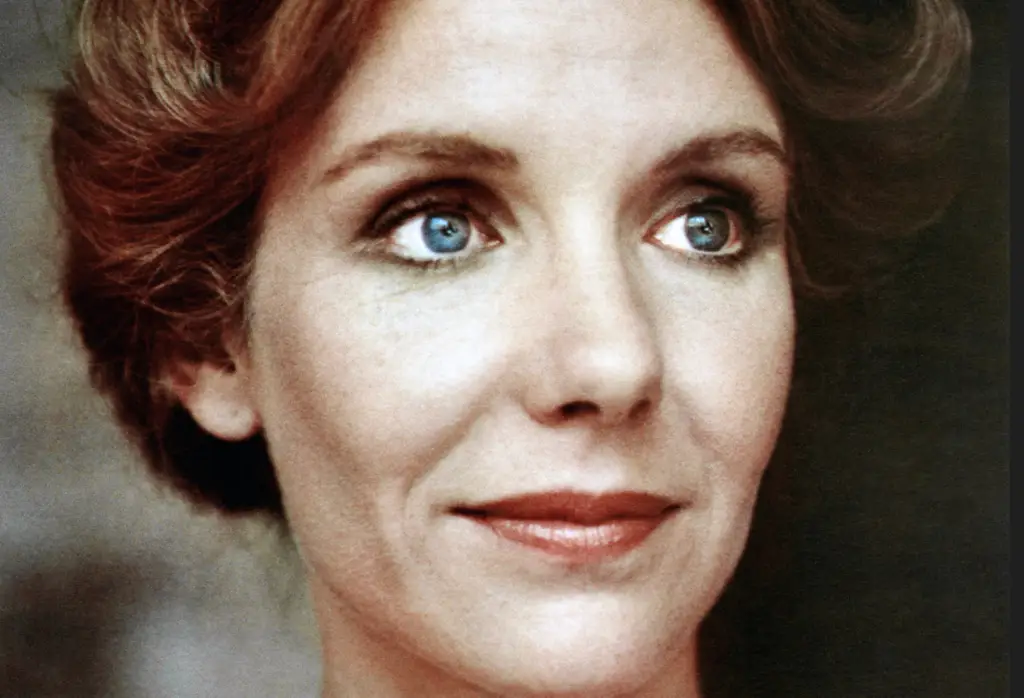
Once Hollywood’s quintessential modern woman, Jill Clayburgh captured our hearts with her raw portrayal of independent femininity in films like “An Unmarried Woman” (1978), which earned her an Oscar nomination. Her naturalistic acting style and genuine warmth made her relatable to audiences in a way few actresses of her time could match. Clayburgh’s career peaked with consecutive Academy Award nominations, cementing her as one of the decade’s most promising talents. TVInsider dives further into the potential Jill’s career had, and proves that while she made every gig count, we’d have loved to have seen her in so much more.
Sadly, Clayburgh’s star began to dim in the 1980s as Hollywood’s taste shifted toward younger actresses and action-driven blockbusters. She took a deliberate step back from the spotlight to raise her children, making occasional appearances in television and smaller films. When she passed away in 2010 after a long battle with leukemia, many casual moviegoers had forgotten the remarkable talent who once revolutionized how women were portrayed on screen.
2. Michael Beck
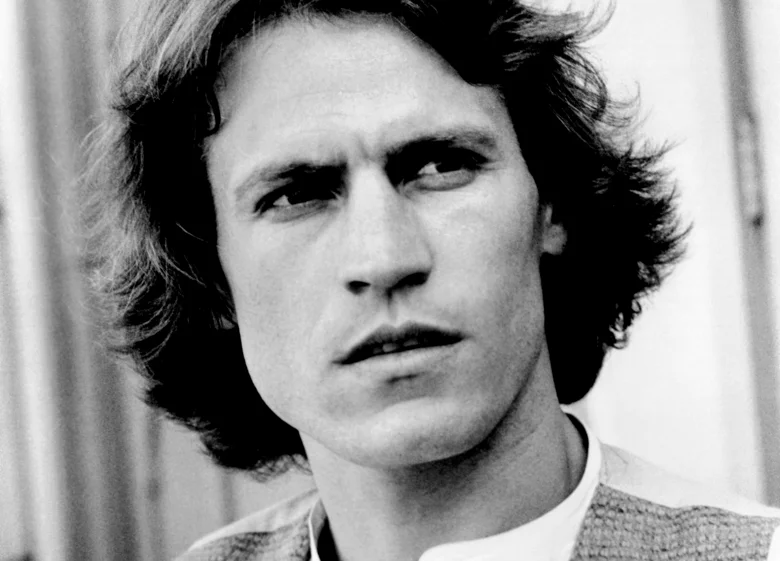
With his striking good looks and natural charisma, Michael Beck seemed destined for superstardom after his breakout role as Swan in the cult classic “The Warriors” (1979). His follow-up performance in the roller-disco fantasy “Xanadu” (1980) alongside Olivia Newton-John positioned him as one of Hollywood’s most promising leading men. Beck possessed that rare combination of rugged masculinity and vulnerability that made both men and women connect with his characters. For those wishing to revisit his work, Rotten Tomatoes covers his full filmography.
Unfortunately, “Xanadu” became a notorious box office disappointment, and Beck’s rising career took a hit from which it never fully recovered. He retreated to television work and smaller roles, eventually finding a steady career in voice acting for video games and audiobooks. The actor who once seemed poised to become the next Robert Redford gradually faded from Hollywood’s radar, leaving fans to wonder what might have been.
3. Karen Black
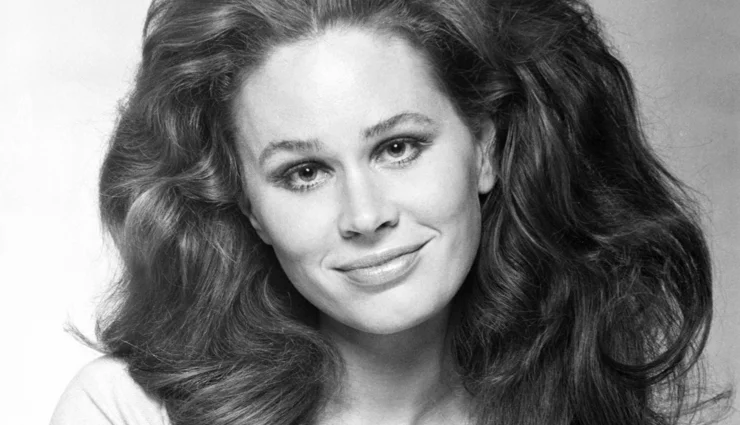
Few actresses embodied the adventurous spirit of 1970s cinema quite like Karen Black, whose unconventional beauty and fearless performances made her a favorite among the era’s most innovative directors. She earned an Oscar nomination for “Five Easy Pieces” (1970) opposite Jack Nicholson and delivered unforgettable performances in classics like “Nashville” and “The Great Gatsby.” Black’s versatility allowed her to move effortlessly between drama, comedy, and horror, making her one of the decade’s most prolific and respected actresses. According to Rolling Stone, Black also aspired to musical greatness, and years after her death we can listen to the album she always dreamed of putting out.
As the Hollywood landscape changed in the 1980s, Black found herself increasingly relegated to B-movies and horror films that failed to showcase her remarkable range. Her willingness to take risks had once made her a darling of the New Hollywood movement but became a liability as the industry grew more conservative. Although she continued working until her death in 2013, mainstream audiences lost track of this extraordinary talent who had once been at the center of American cinema.
4. Jan-Michael Vincent
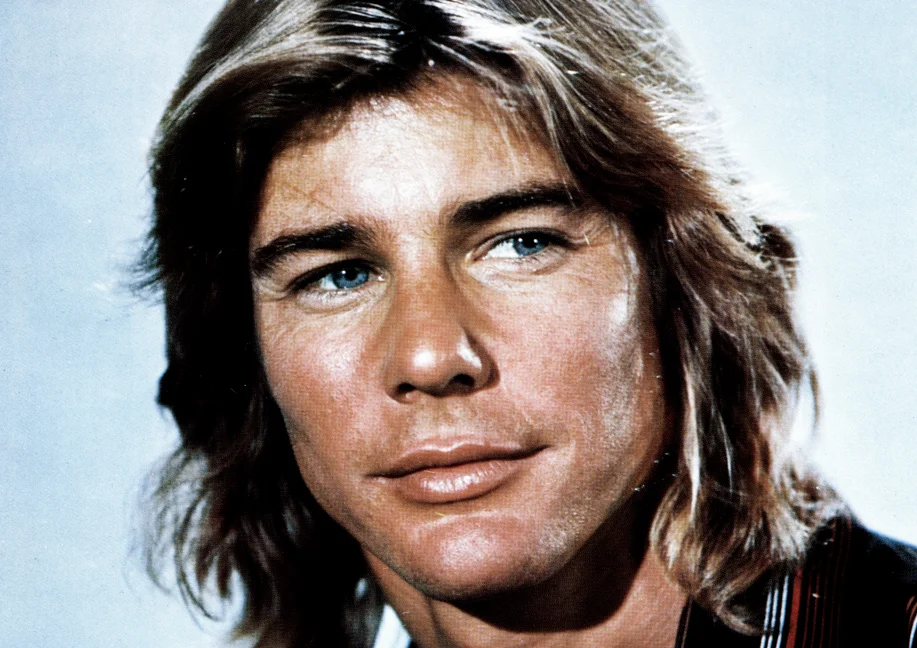
With his sun-kissed California good looks and easy charm, Jan-Michael Vincent rode the wave of success through the ’70s in films like “The Mechanic” (1972) and “White Line Fever” (1975). His performances displayed a natural talent that seemed effortless, making him relatable to audiences who saw in him the embodiment of the American everyman with a hint of rebellion. Vincent’s piercing blue eyes and casual demeanor made him perfect for the changing landscape of masculine heroes in post-Vietnam America.
Personal struggles with substance abuse began to overshadow Vincent’s promising career, leading to erratic behavior on sets and a reputation for unreliability. By the time he landed his most famous role in the 1980s TV series “Airwolf,” the damage to his health and reputation was already evident. His gradual disappearance from public life after years of personal challenges left many fans of his early work wondering what might have been had his demons not derailed such a promising career.
5. Jennifer O’Neill
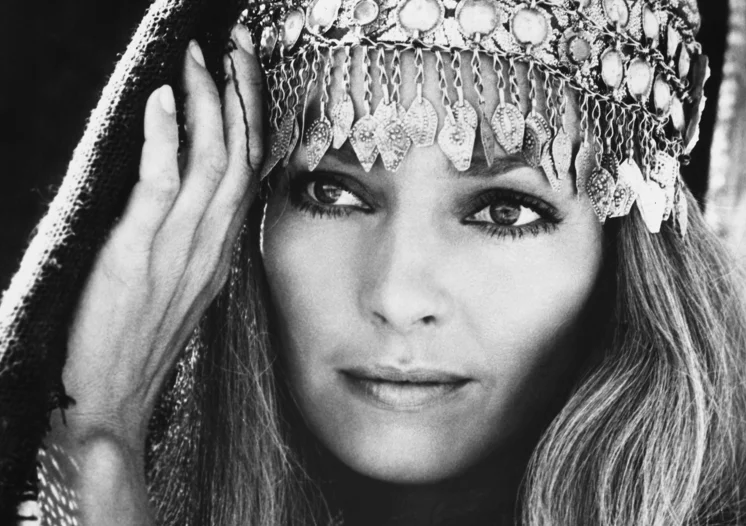
Brazilian-born beauty Jennifer O’Neill captured the attention of audiences worldwide with her mesmerizing performance in the 1971 film “Summer of ’42,” playing an older woman who briefly finds comfort with a teenage boy. Her subtle, nuanced acting and ethereal presence made her one of the most photographed women of the decade, gracing magazine covers and becoming the face of CoverGirl cosmetics for 30 years. O’Neill’s combination of vulnerability and sophistication gave her a unique appeal that separated her from many of her contemporaries.
Though she worked steadily throughout the decade in films like “The Reincarnation of Peter Proud” and alongside John Wayne in “Rio Lobo,” O’Neill never quite achieved the superstardom her early success promised. A complicated personal life that included nine marriages and a serious accidental self-inflicted gunshot wound led to periods away from filmmaking. She eventually focused more on her faith and writing books about her life experiences, becoming a rare example of a star who willingly stepped away from fame to pursue a different path.
6. Bradford Dillman
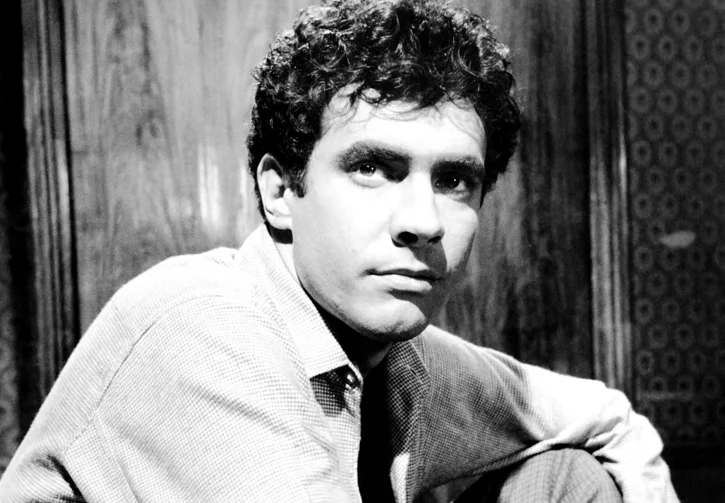
With classically handsome features and Ivy League polish, Bradford Dillman brought intellectual depth to his performances throughout the 1970s in films like “The Enforcer” with Clint Eastwood and the ecological horror film “Piranha.” His theatrical training and dramatic intensity made him a versatile player who could elevate even mediocre material with his commanding presence. Dillman’s ability to play both sympathetic leads and chilling villains kept him in demand throughout the decade.
As the 1980s dawned, Dillman found himself increasingly typecast in supporting roles that failed to utilize his considerable talents. He began appearing more frequently on television than in theatrical films, a common trajectory for many stars of his era as Hollywood shifted toward blockbuster mentalities. Though he worked consistently until his retirement in 1995, newer generations of moviegoers missed out on experiencing the full range of this thoughtful actor who could have anchored many more significant films had the industry not changed direction.
7. Season Hubley
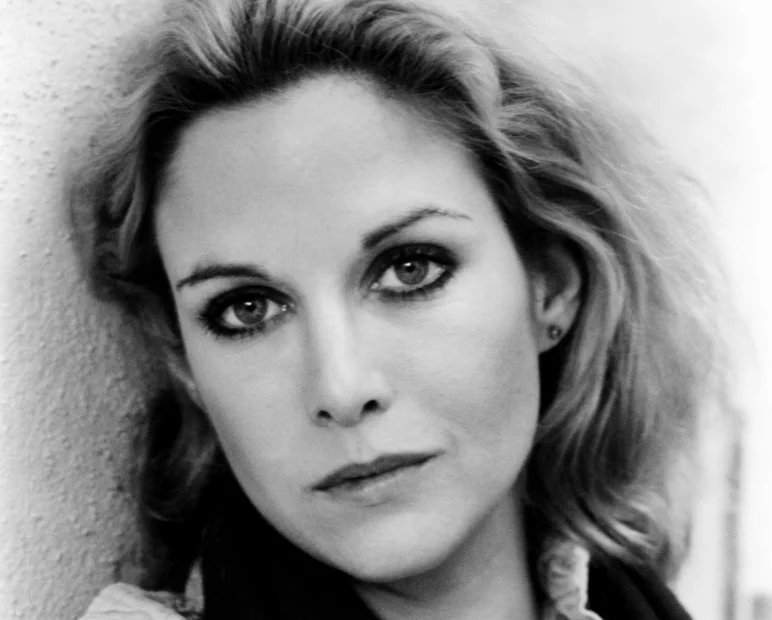
With her haunting beauty and authentic approach to acting, Season Hubley made a strong impression in gritty 1970s films like “Hardcore,” where she held her own opposite George C. Scott, and the Elvis biopic “Elvis,” where she played Priscilla Presley. Her delicate features contrasted with her willingness to take on challenging roles that dealt with the darker sides of American life. Hubley represented a new breed of actress who prioritized truth over glamour.
Despite critical praise for her performances, Hubley never broke through to mainstream stardom, instead building a steady career in television movies and guest appearances on popular shows. After her brief marriage to Kurt Russell in the early 1980s and the birth of their son, Hubley’s screen appearances became increasingly sporadic. By the mid-1990s, she had essentially retired from acting altogether, becoming one of many talented performers who slipped away from public consciousness despite their significant contributions to the art form.
8. Perry King

With his all-American good looks and easygoing charm, Perry King seemed destined for long-term stardom after appearances in films like “The Lords of Flatbush” (alongside Sylvester Stallone) and “Mandingo” during the 1970s. His classic profile and sophisticated presence made him perfect for both heroic leads and complicated characters with moral ambiguity. King possessed a natural likability on screen that connected with audiences across various genres.
Despite his obvious talents, King’s film career never quite reached the A-list status that seemed within his grasp during the mid-70s. He transitioned primarily to television, finding success in the series “Riptide” during the 1980s, but the leading man movie roles gradually dried up. Like many actors who came of age during the experimental film era of the 1970s, King’s thoughtful approach to characterization became less valued as action-oriented blockbusters began dominating the industry.
9. Dyan Cannon
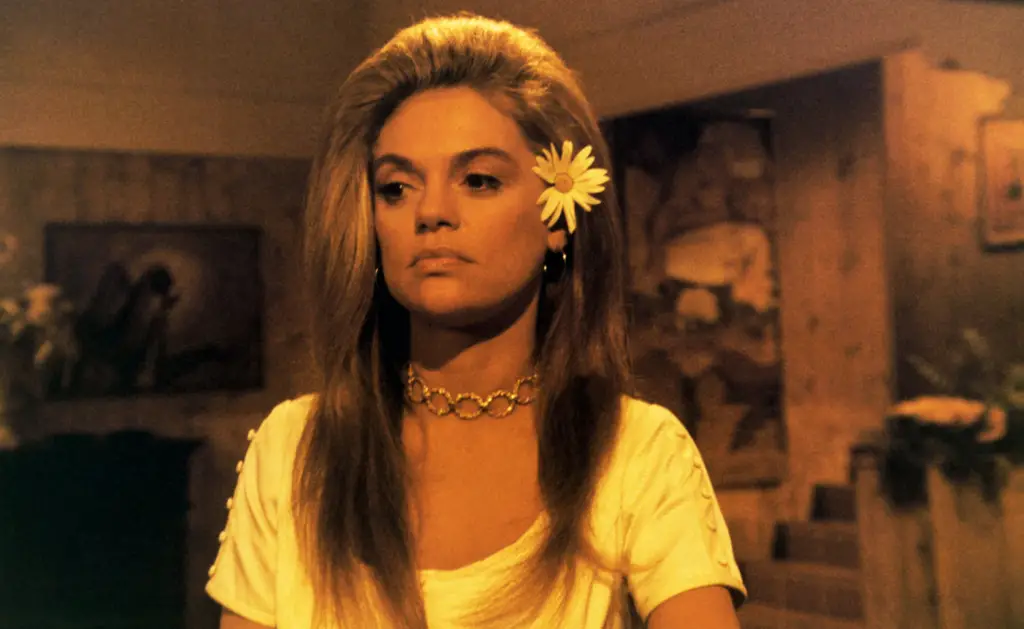
With her distinctive laugh and vibrant energy, Dyan Cannon brought an irresistible vivacity to her roles in 1970s films like “Heaven Can Wait” and “Such Good Friends.” Her Academy Award nomination for “Bob & Carol & Ted & Alice” established her as both a serious actress and a confident comedienne who could handle sophisticated material with aplomb. Cannon’s effervescent screen presence and voluminous blonde curls made her instantly recognizable to audiences of the era.
While Cannon continued working in later decades, her prominence gradually diminished as Hollywood’s opportunities for women over 40 became increasingly limited. She turned to directing with the Oscar-nominated short film “Number One” and made memorable television appearances, but the meaty leading roles that showcased her unique talents became scarce. Though she never truly disappeared, the frequency and quality of roles offered to this dynamic performer diminished significantly compared to her 1970s heyday.
10. Michael Sarrazin

Canadian-born Michael Sarrazin brought a sensitive, introspective quality to his performances that perfectly matched the soul-searching tone of many 1970s films. His role opposite Jane Fonda in “They Shoot Horses, Don’t They?” showcased his ability to convey complex emotions with minimal dialogue, earning him critical acclaim and audience appreciation. Sarrazin’s soulful eyes and thoughtful demeanor made him ideal for the character-driven films that defined the era.
Despite his promising start and appearances in notable films like “The Life and Times of Judge Roy Bean” and “For Pete’s Sake,” Sarrazin’s career gradually lost momentum as the 1970s progressed. His subtle acting style became less in demand as Hollywood shifted toward more obvious heroes and villains in the 1980s. Though he continued acting until shortly before his death in 2011, many film enthusiasts lost track of this talented performer whose contemplative approach to his craft deserved a longer spotlight.
11. Pam Grier
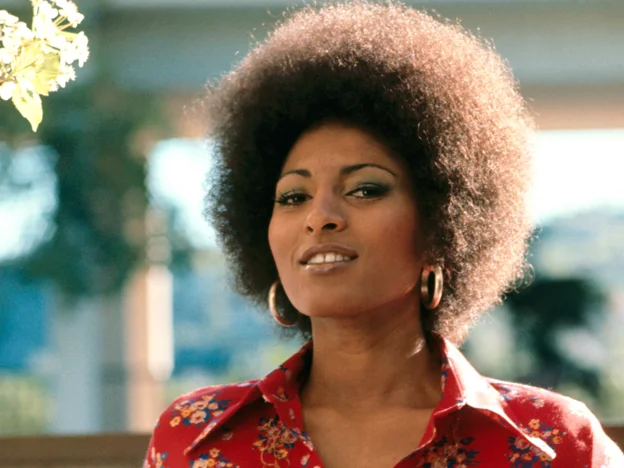
As the undisputed queen of blaxploitation cinema, Pam Grier revolutionized how women—particularly women of color—could be portrayed on screen through iconic roles in films like “Coffy” and “Foxy Brown.” Her confident physicality and uncompromising presence made her a symbol of feminine strength for audiences tired of seeing women relegated to supportive roles. Grier’s beauty was matched by her fearlessness in tackling controversial material that addressed race, class, and power dynamics in American society.
As the blaxploitation trend waned toward the end of the decade, Grier found the mainstream film industry reluctant to cast her in the varied roles her talent deserved. Though she worked consistently in smaller films and television, the star who had once commanded the box office found herself underutilized by an industry not yet ready to embrace diverse leading ladies. While Quentin Tarantino’s “Jackie Brown” (1997) provided a magnificent showcase for her talents later in life, many wonder what might have been had Hollywood fully embraced her potential during her prime years.
12. Sam Elliott
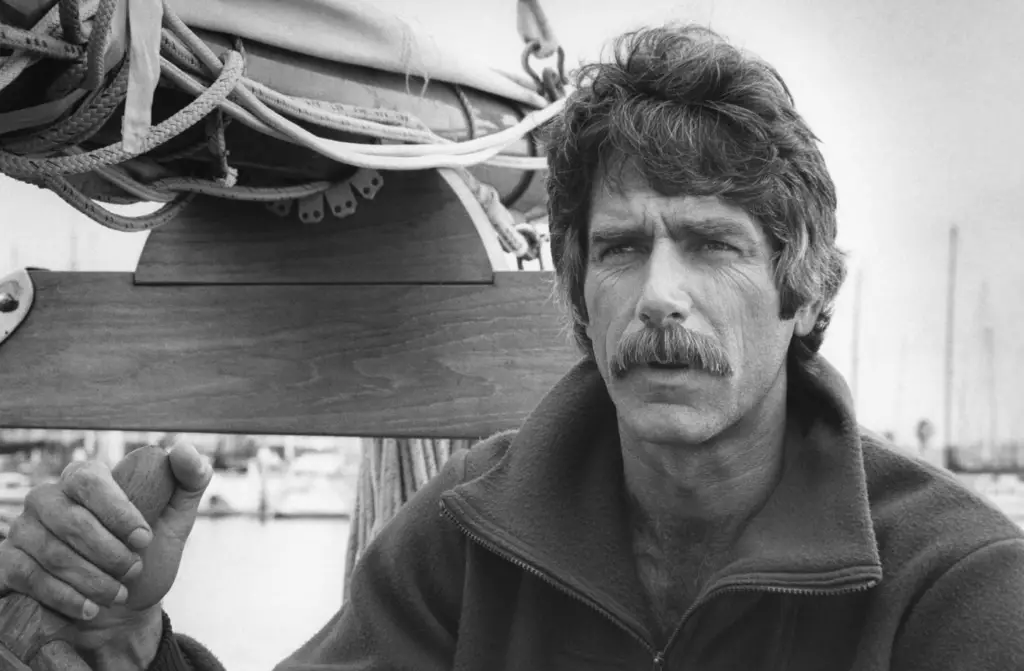
With his distinctive baritone voice, impressive mustache, and rugged good looks, Sam Elliott embodied a certain kind of traditional American masculinity in films like “Lifeguard” and “The Legacy” during the 1970s. His authentic presence brought a weathered dignity to his performances that set him apart from more polished leading men of the era. Elliott seemed to carry the spirit of Western cinema into the modern age, bridging classic Hollywood and the more complicated narratives emerging in the post-Vietnam era.
Despite his obvious screen charisma, Elliott never quite achieved the leading man status his talents warranted during this period, often finding himself in supporting roles or in films that didn’t reach a wide audience. As the 1980s progressed, he appeared more frequently on television than in theatrical releases, becoming something of a cult figure rather than a mainstream star. Unlike many others on this list, Elliott’s career has enjoyed a remarkable renaissance in recent decades, but many of his contemporaries still wonder why his undeniable presence didn’t make him a household name much sooner.
As we look back at these vanished stars of the 1970s, we can’t help but feel a twinge of nostalgia for a time when cinema seemed more willing to embrace unique personalities and unconventional talents. Their contributions to film history remain valuable documents of an era when Hollywood briefly opened its doors to different faces, voices, and perspectives. Though some found their way back to prominence and others remain in obscurity, each left an indelible mark on the silver screen—proving that true star quality, even when it fades from public view, continues to shine for those who know where to look.


